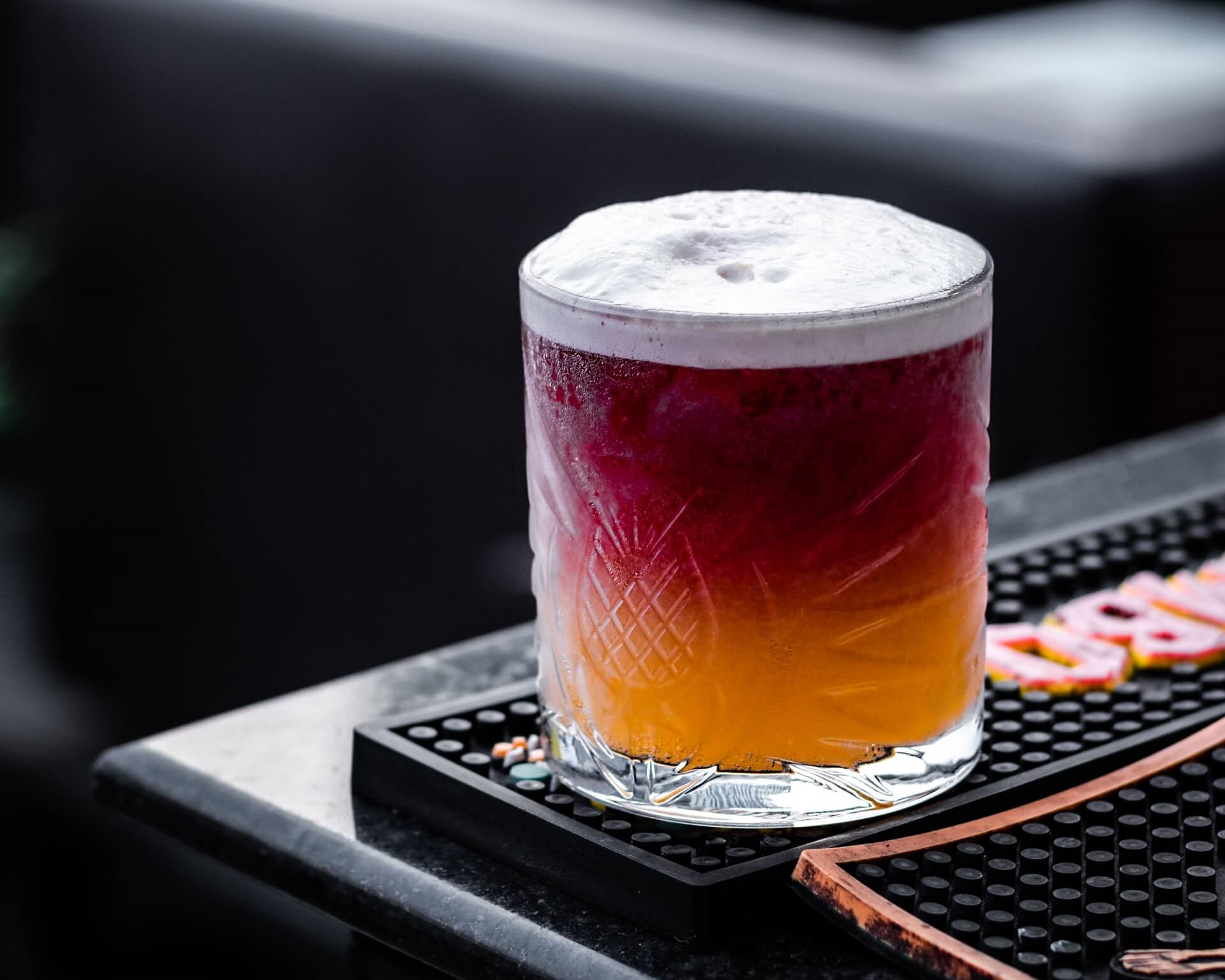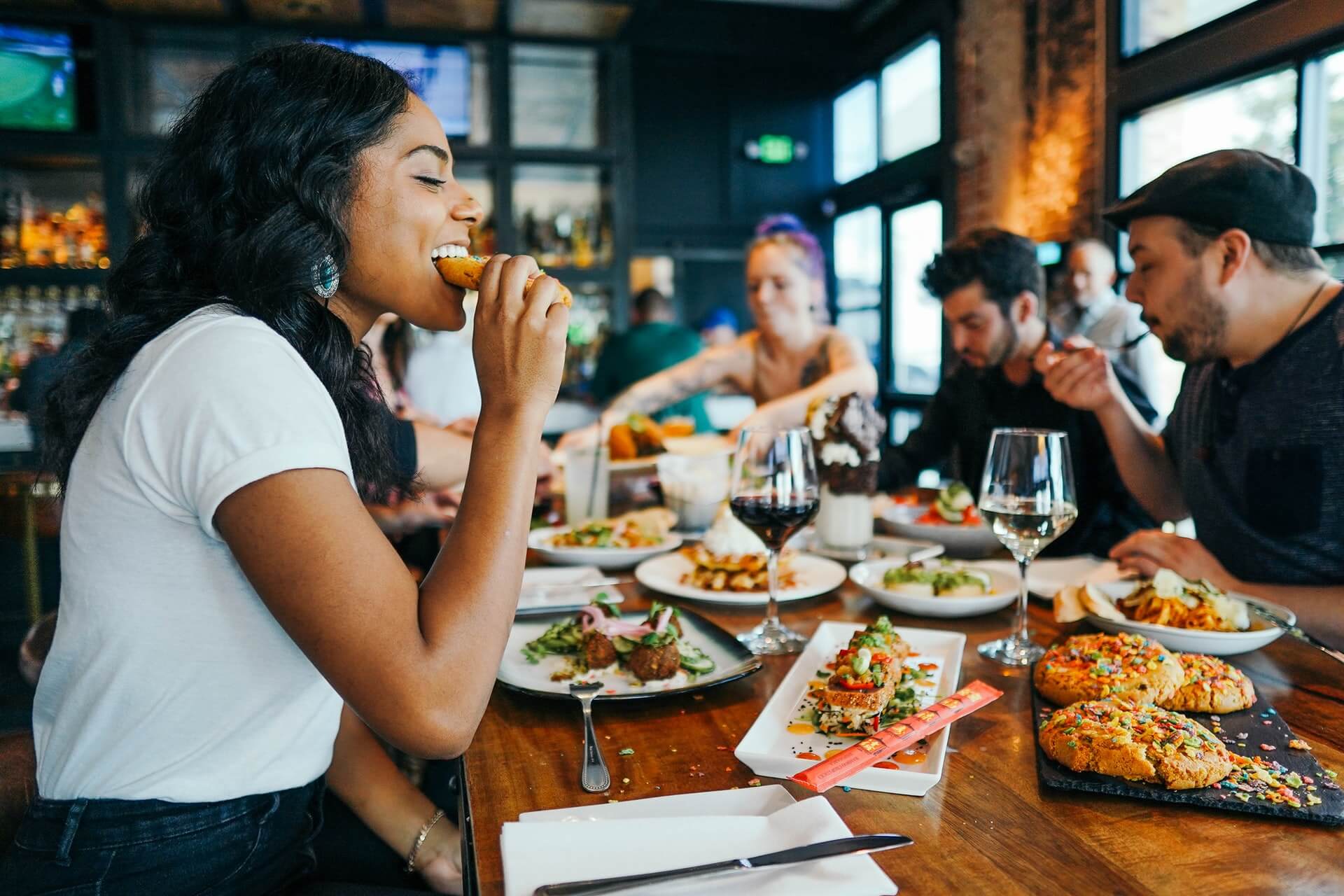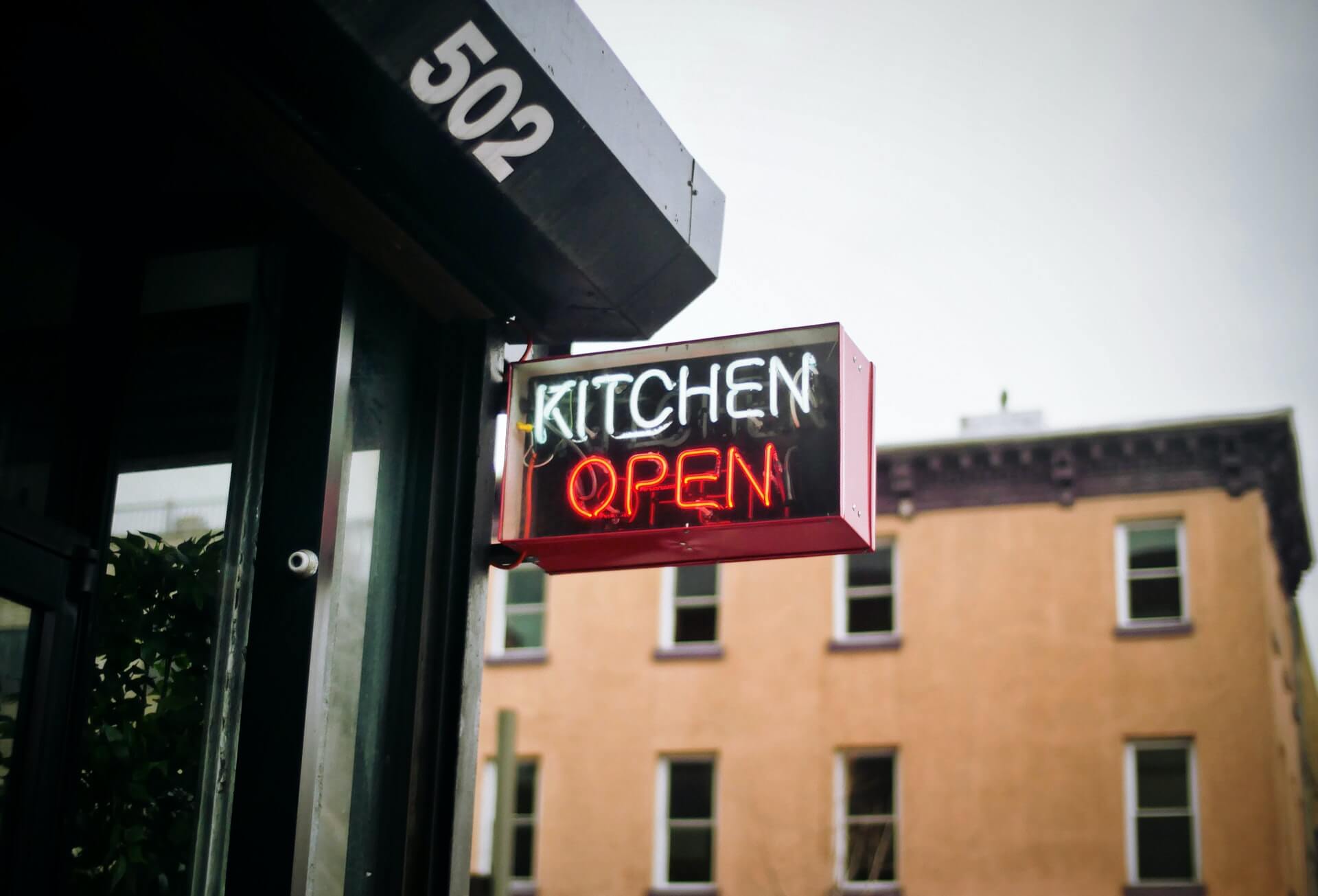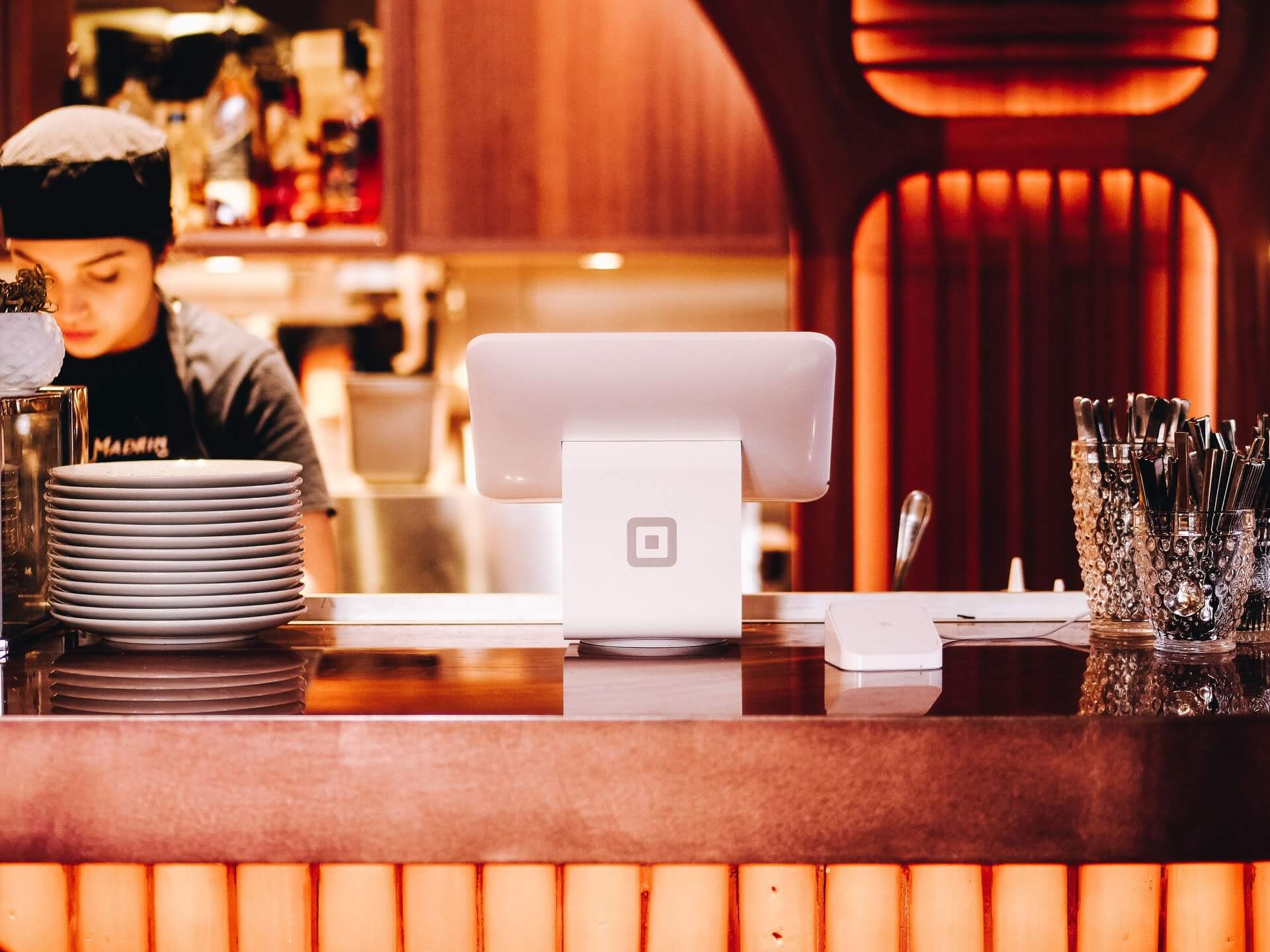Forward Progress: 2022 Drink Trends
by David Klemt

Curious about what drink trends to leverage throughout 2022 to fulfill guest desires and expectations? Datassential has answers.
Of course, nobody has a crystal ball. However, as their name suggests, Datassential has something similar: data.
A trove of their valuable data was shared during Bar & Restaurant Expo 2022. Amanda Torgerson, senior account manager at Datassential, revealed the trends operators should be aware of this year.
Datassential MegaTrends
During this informative session, Torgerson shared what Datassential has identified as three “megatrends.” In other words, two trends that are particularly noteworthy.
First up, self-service. Whether beer, wine, or cocktails, Datassential thinks today’s guest wants more control.
Self-service beverage alcohol taps offer control in multiple ways, pour size and customization among them.
In addition, guests don’t have to wait for servers or bartenders when serving themselves. And, of course, self-service cuts down on front-of-house labor costs.
Second, experiential imbibing. In this context, this doesn’t simply relate to occasion, service, location, and ambiance.
Rather, the drink itself is an experience. Experiential cocktails engage multiple senses and include:
- color-changing cocktails (those using butterfly pea powder, for example);
- cocktail carts (similar to tableside guacamole preparations, tableside cocktail prep and service);
- fire and smoke: smoked, charred, and burnt cocktails;
- drinks that invoke nostalgia and guests’ childhoods;
- frozen drinks; and
- beer, wine, spirit, and cocktail flights.
Finally, botanicals. As we know, scent is a crucial component of taste. Botanicals, obviously, activate one’s olfactory sense.
Additionally, botanicals can affect a drink’s appearance and taste. So, break out the Chartreuse, Lillet, and elderflower liqueurs.
And while your team is at it, consider how else scent can be used to entice guests and enhance the drinking experience.
Best of the Rest
Treating this as more of a speed round, let’s review Datassential’s trend predictions in four major categories.
Seltzer/Beer
When it comes to hard seltzer, Datassential has (re)confirmed what we all know: This category has staying power. And as many operators found out during the pandemic, seltzers can boost to-go and delivery sales.
Beer cocktails are also trending up, per Datassential. Mini-bottles of beer also having a moment, and can easily tie into the beer cocktail trend.
Finally, heirloom beers—those made with heirloom grains—are proving popular with consumers.
Wine
According to Torgerson, wine seltzer is poised for a moment. Relating it to the hard seltzer trend, consider this Wine Cooler 2.0, as Torgerson said.
Other key wine trends are frizzante and red sparkling wines, orange wines, and canned sake.
Then there’s fruit wines, which means any wine not made from grapes. During her session, Torgerson suggested using these in cocktails.
Cocktail
In addition to cocktails on tap, Datassential sees the following as cocktail trends to watch:
- Drinks made with genever.
- Hybrid rums, blends of light and dark rums.
- Ranch Water (typically a highball made with tequila and lime juice, topped with Topo Chico).
- Single-serve, premade cocktails such as RTDs. These are great for off-premise sales.
- Boozy frozen desserts.
Global
Focusing first on increasingly popular spirits, Datassential’s data shows that pisco, mezcal, and Japanese whisky are trending up.
In terms of wine, operators should look into regions that are perhaps “lesser known” in North America. Some examples from Torgerson’s presentation are Georgian and Hungarian wines.
And finally, what Datassential identifies as “drinking for a cause.” Such causes and beverage activations can be local or global as the world is so much more connected.
Image: ABHISHEK HAJARE on Unsplash









